PROTECT YOUR DNA WITH QUANTUM TECHNOLOGY
Orgo-Life the new way to the future Advertising by AdpathwayLondon: The bombs have stopped near the clinic in southern Gaza where Rachael Cummings works, but the hunger has not changed.
Children are still turning up to the clinic with diarrhoea and signs of malnutrition. Women trying to breastfeed their newborn babies are still arriving malnourished.
“The need for supplies is huge,” says Cummings, the humanitarian director for Save the Children in Gaza.

Trucks carrying aid wait at the border crossing for entry into the Gaza Strip on October 12, 2025 in Rafah, Egypt. Credit: Getty Images
Like other aid workers, Cummings hopes the ceasefire in Gaza will end the restrictions on food, water, medical supplies and shelter for Palestinians who have lost their homes over two years of unremitting war.

Rachael Cummings from Save The Children in Gaza
Some of her team members are among the Palestinians who are only now finding out whether their homes still stand in areas bombed by the Israel Defence Forces.
“This weekend, some of my team travelled to Gaza City to try to find what was left of their houses, to try to find their neighbourhoods,” she says by video from their base in Deir al Balah.
“All of them have come back devastated, because of course, what they’ve seen is the sheer destruction of where they used to live.
“They were hoping against hope to have something remaining.”
Cummings tells this masthead that the elation over the ceasefire has given way to exhaustion as the scale of the challenge becomes clear.
Many aid groups are worried that it will take too long to restore the aid network that was overseen by the United Nations until March, when Israel imposed a system of its own.
The ceasefire began on Friday when Israeli troops withdrew from Gaza City and other areas, while Hamas leaders said they would release Israeli hostages on Monday.
Next comes the aid. Under the terms of the deal, Israel is expected to allow about 600 trucks into Gaza each day. It said this began on Sunday, local time (overnight, Australian time). Egypt said it sent 400 trucks into Gaza across their shared border on Sunday.
Video from The Associated Press at the Rafah crossing in southern Gaza shows trucks heading into Gaza.
Those supplies appear likely to go to the distribution points set up by Israel earlier this year, but Medicins Sans Frontieres and others want the UN to oversee the aid.
Loading
“The UN-led humanitarian coordination mechanism must be reinstated to guarantee safe and impartial access to aid for those in need,” says MSF, also known as Doctors Without Borders. This follows a warning from more than 100 aid groups in August about the way Israel restricted the aid.
Almost a quarter of the Palestinians in Gaza were experiencing famine, the world’s peak hunger monitor warned in August. The Integrated Food Security Phase Classification system, which is backed by the UN, estimated the number of those suffering was likely to surpass 600,000, and it has yet to release a revised forecast in light of the ceasefire.
The Gaza Humanitarian Foundation – set up with Israeli government approval – has distributed aid since March, replacing the previous UN system. The system is overseen by an Israeli agency, the Coordination of Government Activities in the Territories, known as COGAT.
Under the GHF system, Israel replaced about 400 aid distribution points overseen by the UN with a limited number of points overseen by the Israeli military. The Israeli authority insists that aid has been delivered daily, and it says some aid organisations have used “twisted facts” and manipulated data to distort what has been happening.
There are signs this will change. The Associated Press reports that food distribution sites run by the GHF are being shut down under the terms of the ceasefire deal, citing an Egyptian official and another official in the region.
One aid group, CARE, warns that the ceasefire deal does not explain how international organisations can bring in supplies that have been stuck outside Gaza.
CARE’s director in Gaza and the West Bank, Jolien Veldwijk, says the group has shelter items, mother and baby supplies, clothing, and medical supplies stockpiled in warehouses in Egypt, Jordan and the West Bank, ready to be moved into Gaza.
“None of those shipments have been approved for entry yet,” he says.
Israeli authorities are only allowing a limited number of approved non-government organisations to supply aid under the government’s registration scheme.
“CARE is ready to move its aid consignments via any operational crossing into Gaza,” he says. For now, it is sustaining the work at its clinic in Deir al-Balah with supplies from UN partners.
Cummings, speaking from the Save the Children clinic in Deir al-Balah, says her team wants to provide more food, water and health supplies but needs them in greater volumes.
“We need humanitarian and commercial supplies to enter Gaza at scale and consistently,” she says.
“We need access to populations – we need to be able to move around Gaza safely to provide that protection and security for our teams.
“And, of course, with the humanitarian supplies entering Gaza, we need to be able to provide safe and dignified distributions to communities who are really now only starting to rebuild.”
Get a note directly from our foreign correspondents on what’s making headlines around the world. Sign up for our weekly What in the World newsletter.
Most Viewed in World
Loading




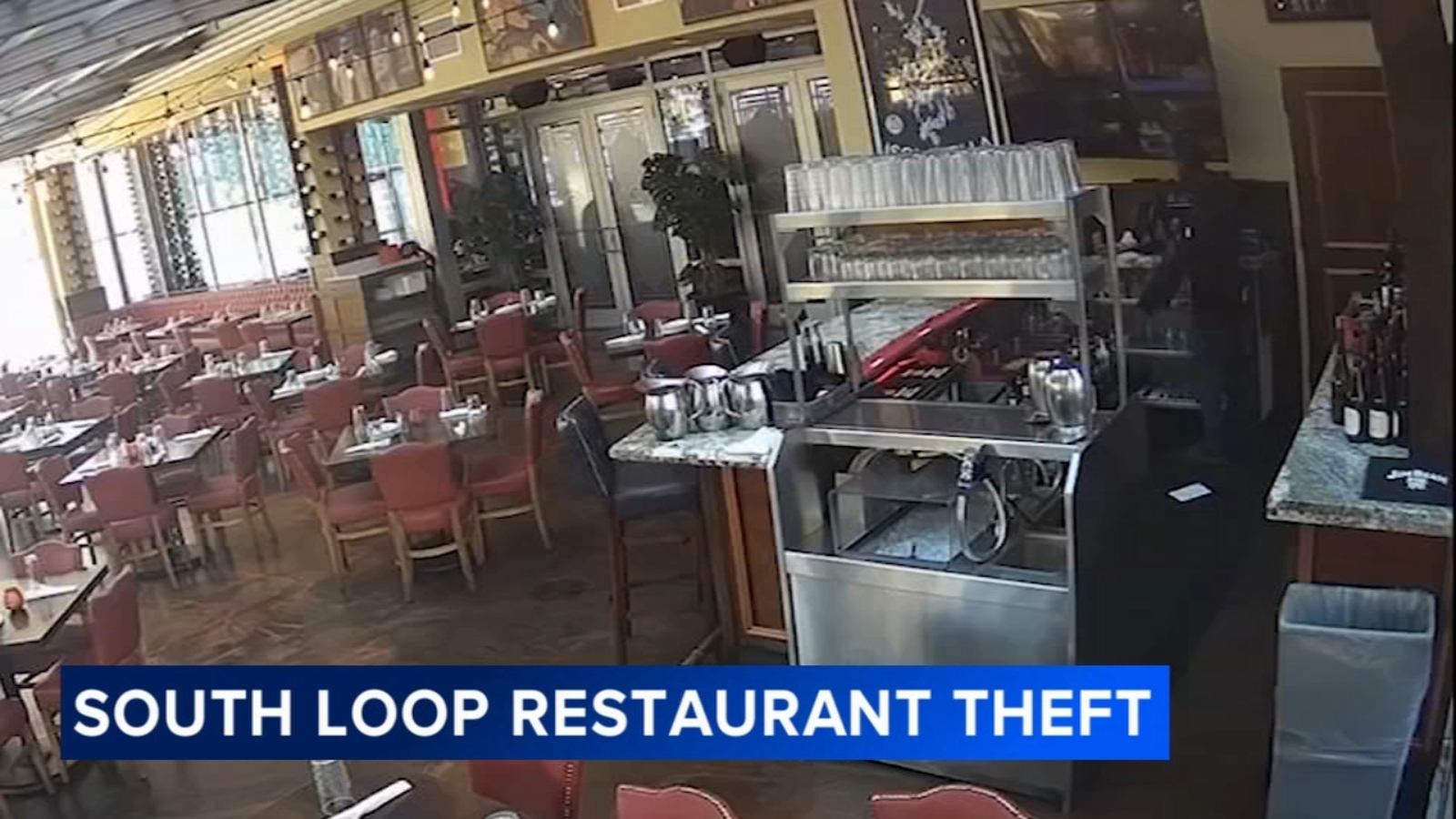


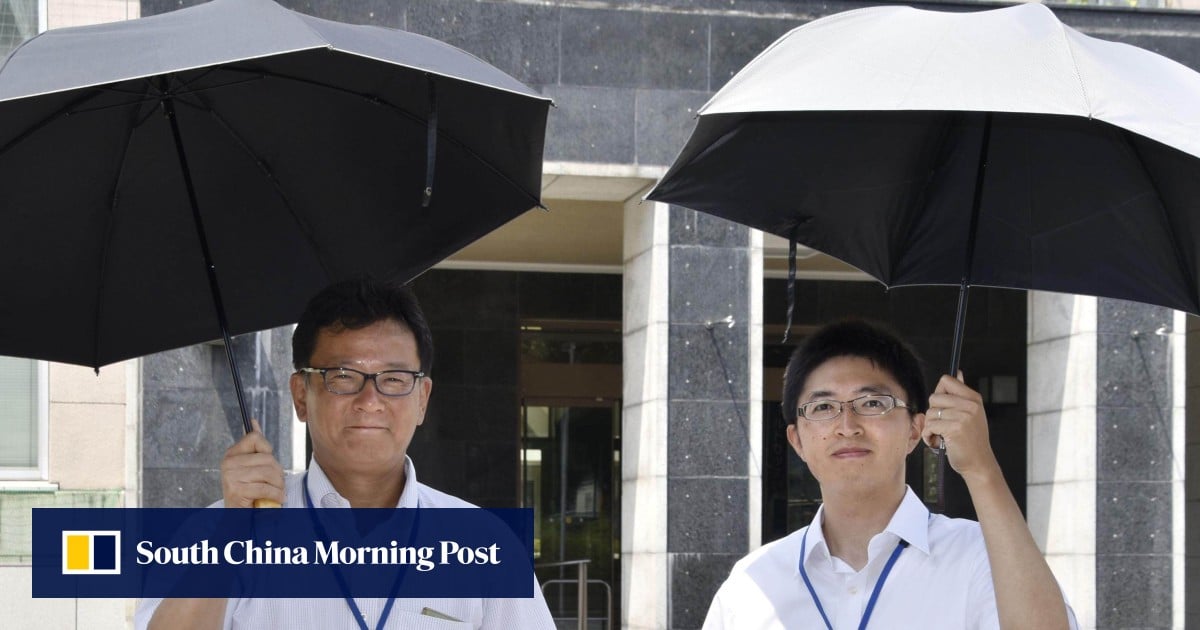

-is-launched-from-the-guided-missile-cruiser-USS-Cap.jpeg?trim=0,0,0,0&width=1200&height=800&crop=1200:800)


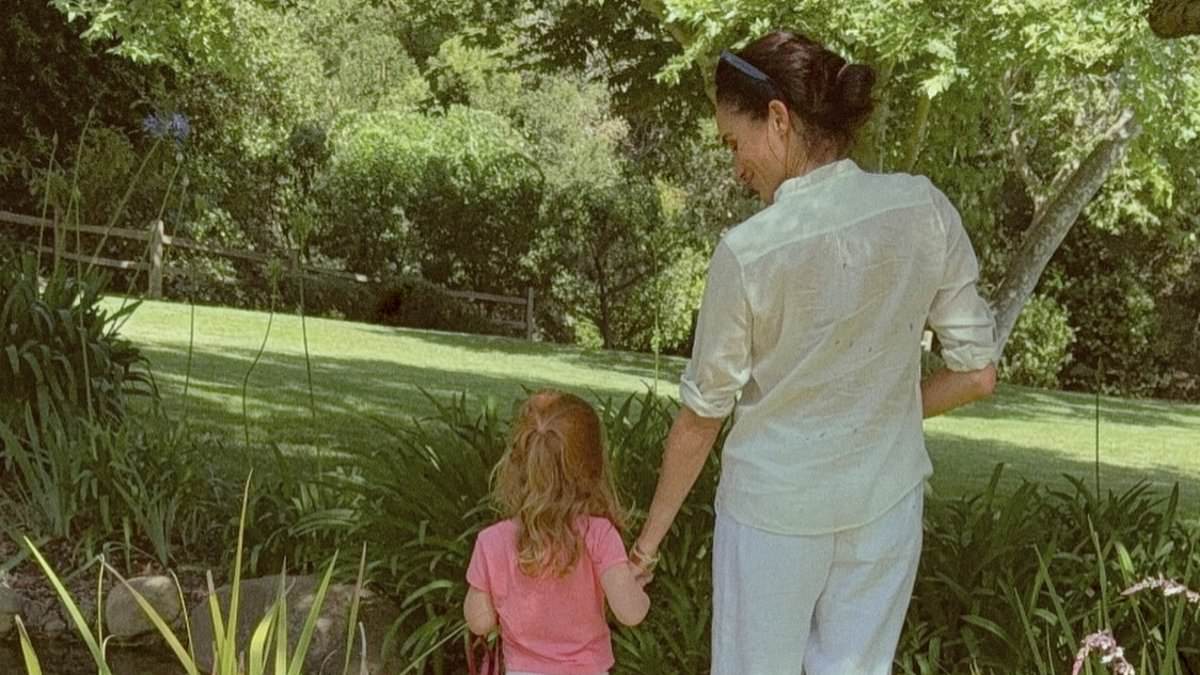

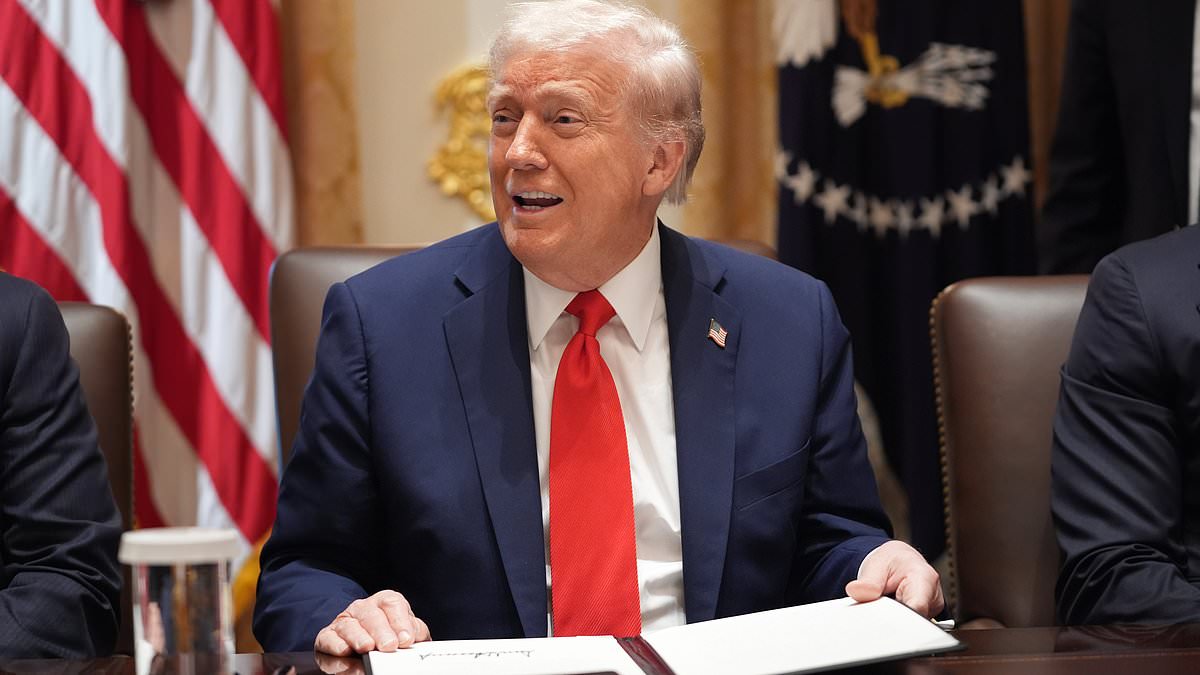






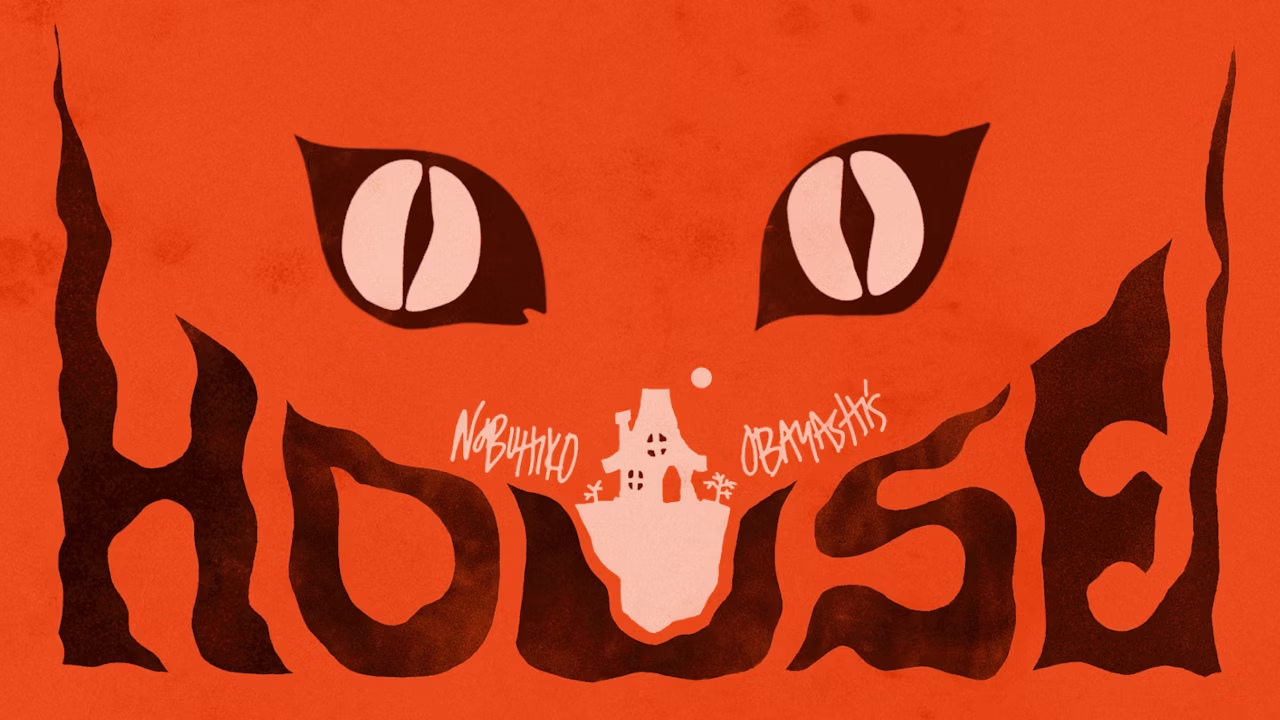

 English (US) ·
English (US) ·  French (CA) ·
French (CA) ·  French (FR) ·
French (FR) ·